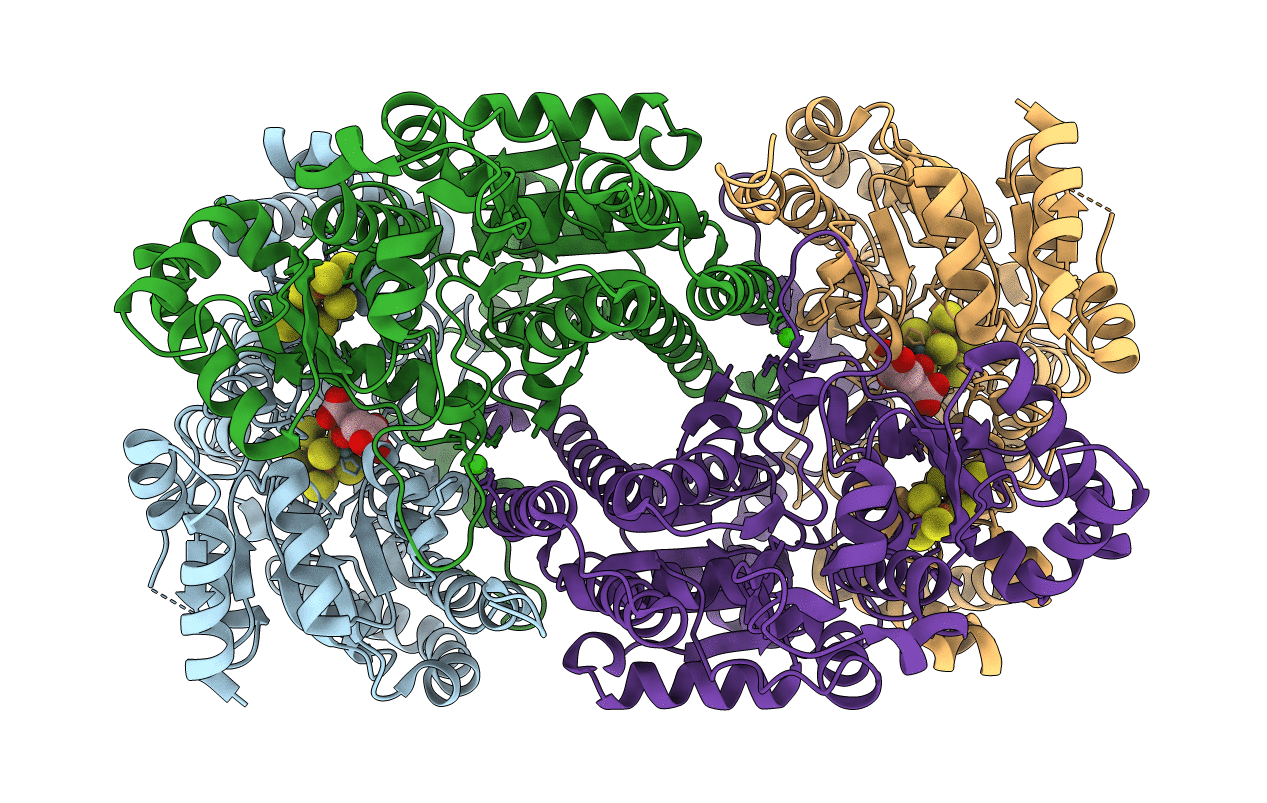
Deposition Date
2000-08-30
Release Date
2002-11-20
Last Version Date
2024-05-29
Entry Detail
PDB ID:
1FP4
Keywords:
Title:
CRYSTAL STRUCTURE OF THE ALPHA-H195Q MUTANT OF NITROGENASE
Biological Source:
Source Organism:
Azotobacter vinelandii (Taxon ID: 354)
Method Details:
Experimental Method:
Resolution:
2.50 Å
R-Value Free:
0.24
R-Value Work:
0.18
Space Group:
P 1 21 1


